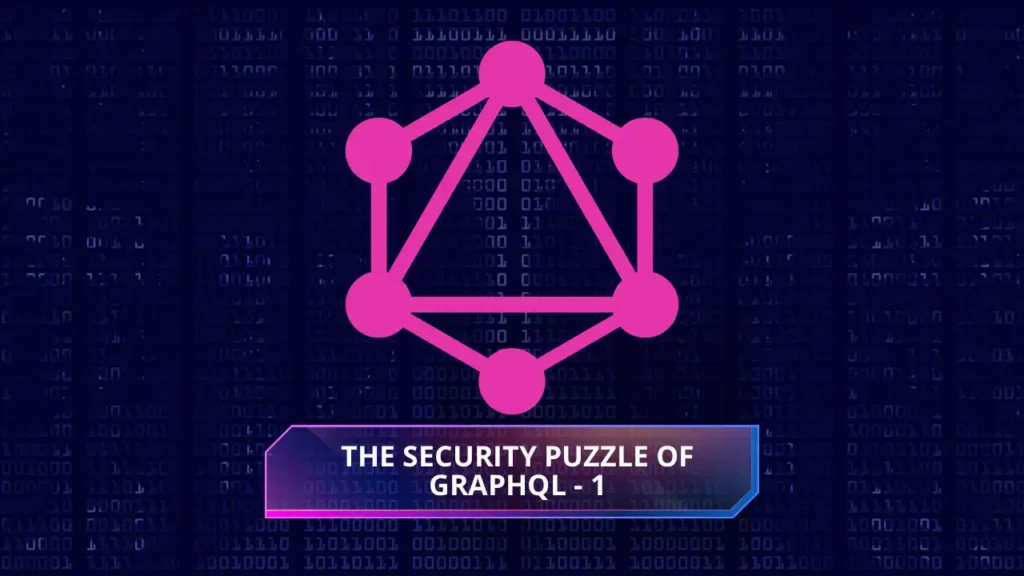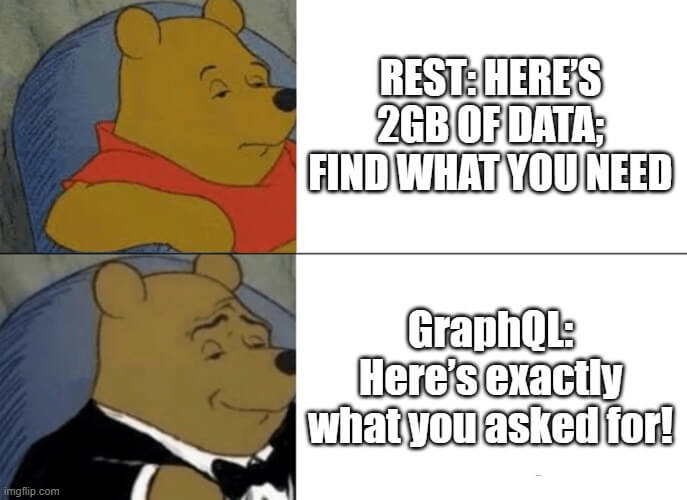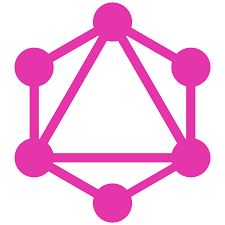In the world of APIs, GraphQL has emerged as a groundbreaking technology, offering developers a more efficient, flexible, and powerful alternative to traditional REST APIs. Since its introduction by Facebook in 2015, GraphQL has been widely adopted for its ability to streamline data fetching and empower developers to build better applications. In this comprehensive overview, we delve into the core principles of GraphQL, how schemas are defined, and its approach to caching, among other aspects.
Table of Contents
What Is GraphQL?

GraphQL is a query language for APIs and a runtime for executing those queries with your existing data. Unlike REST, where endpoints return fixed data structures, GraphQL allows clients to specify precisely what data they need, reducing over-fetching and under-fetching of data.
Key features of GraphQL include:
Declarative Data Fetching: Clients specify their data requirements in a structured query.
Single Endpoint: All interactions occur through a single URL.
Strongly-Typed Schema: Ensures clear contracts between client and server.
Real-Time Support: Enables subscriptions for real-time updates.
Defining the GraphQL Schema
At the heart of GraphQL is its schema, which acts as a contract between the client and server. The schema defines the types of data that can be queried or mutated and the relationships between them.
Schema Definition Language (SDL)
The schema in GraphQL is typically defined using the Schema Definition Language (SDL). Here is an example of a basic schema:
# Defining a User type
type User {
id: ID!
name: String!
email: String!
}
# Defining a Query type
type Query {
getUser(id: ID!): User
}type: Represents an object with specific fields.IDandString: Built-in scalar types.!: Indicates a non-nullable field.
Resolvers
Resolvers are functions that connect the schema to the underlying data. For example:
const resolvers = {
Query: {
getUser: (_, { id }, { dataSources }) => {
return dataSources.userAPI.getUserById(id);
},
},
};Resolvers handle the logic to fetch and return the requested data.
Relationships in the Schema
GraphQL makes it easy to define relationships. For example, if a user has multiple posts:
# Extending the User type
type User {
id: ID!
name: String!
posts: [Post]!
}
# Defining a Post type
type Post {
id: ID!
title: String!
content: String!
}Querying in GraphQL
query {
getUser(id: "1") {
name
posts {
title
}
}
}The response will include only the requested data:
{
"data": {
"getUser": {
"name": "Rose May",
"posts": [
{
"title": "GraphQL Basics"
}
]
}
}
}Handling Mutations
GraphQL allows clients to modify data through mutations. For example:
mutation {
createUser(name: "Rose May", email: "[email protected]") {
id
name
}
}The server processes the mutation and returns the modified data:
{
"data": {
"createUser": {
"id": "2",
"name": "Rose May"
}
}
}
Real-Time Updates with Subscriptions
GraphQL supports real-time updates using subscriptions. Subscriptions enable clients to receive live updates whenever specific data changes. For example:
subscription {
userCreated {
id
name
}
}
Caching in GraphQL
Caching is a critical component of API performance. Unlike REST, where caching relies heavily on HTTP headers and status codes, GraphQL caching is more intricate.
Client-Side Caching
GraphQL clients like Apollo Client and Relay handle caching intelligently. They maintain a normalized cache of query results, enabling efficient updates and re-fetches. For instance, Apollo Client uses a store to map query results to unique identifiers.
const client = new ApolloClient({
uri: '/graphql',
cache: new InMemoryCache(),
});
Server-Side Caching
On the server, caching strategies may include:
Persisted Queries: Caching precomputed query results.
Data Loader Pattern: Batching and caching database requests to reduce redundant operations.
Cache Invalidation
GraphQL’s fine-grained queries make cache invalidation complex. Libraries like Apollo Client simplify this by automatically updating the cache based on mutation results.
Benefits of GraphQL

Flexibility: Clients can request exactly the data they need.
Single Endpoint: Simplifies API architecture.
Strong Typing: Reduces runtime errors.
Ecosystem: Tools like GraphiQL and Apollo streamline development.
Real-Time Capabilities: Subscriptions enable live updates.
Conclusion
GraphQL has transformed how developers build and consume APIs. Its declarative approach to data fetching, powerful schema capabilities, and robust tooling ecosystem make it a compelling choice for modern application development. However, it requires careful consideration of caching strategies and schema design to unlock its full potential. Whether you’re building a new API or improving an existing one, GraphQL offers the tools and flexibility to meet your needs in today’s dynamic development landscape.
Why Businesses Trust SecureMyOrg for Comprehensive Network Security
At SecureMyOrg, we uncover and fix all possible security vulnerabilities of mobile and web, while providing solutions to mitigate risks. We are trusted by renowned companies like Yahoo, Gojek and Rippling, and with 100% client satisfaction, you’re in safe hands!







Some of the things people reach out to us for –
- Building their cybersecurity program from scratch – setting up cloud security using cost-effective tools, SIEM for alert monitoring, building policies for the company
- Vulnerability Assessment and Penetration Testing ( VAPT ) – We have certified professionals, with certifications like OSCP, CREST – CPSA & CRT, CKA and CKS
- DevSecOps consulting
- Red Teaming activity
- Regular security audits, before product release
- Full time security engineers.
Relevant Posts

Chrome Zero-Day Exploit: CVE-2025-6554
A critical Chrome zero-day exploit (CVE-2025-6554) targets the V8 engine and has been exploited in the wild. Learn how this Chrome vulnerability works and how to stay secure.

Your Crypto Wallet Isn’t Safe -Even on iPhone. Here’s Why
Even iPhone users aren’t safe. A new malware named SparkKitty is using AI and gallery access to steal crypto wallet seed phrases silently from your phone.

Fortinet CVE-2023-42788: OS Command Injection Vulnerability
Fortinet’s CVE-2023-42788 affects multiple products, enabling OS command injection. Learn about the risks and key mitigation steps to protect your systems.

New Wireshark Vulnerability Triggers DoS Attack: What You Need to Know (CVE-2025-5601)
A high-severity DoS vulnerability in Wireshark (CVE-2025-5601) could crash the tool via malformed packets or malicious capture files. This flaw impacts millions and underscores the need for urgent patching and safe handling of .pcap files.

Steganography in Cybercrime: How Hackers Hide Malware in Plain Sight
Hackers are turning to an ancient technique, steganography to hide malware inside everyday files like images and audio. This blog explores how malicious code is concealed in plain sight, including a shocking WhatsApp scam where a man lost ₹2 lakh to a seemingly innocent image.

WhatsApp Image Scam: WhatsApp Images Could Be Cyber Traps!
Think twice before opening that WhatsApp image cybercriminals are now hiding malware inside photos using advanced techniques like steganography. In this blog, I break down how one victim lost ₹2 lakh from a single download, and how you can stay safe with simple, actionable steps.
